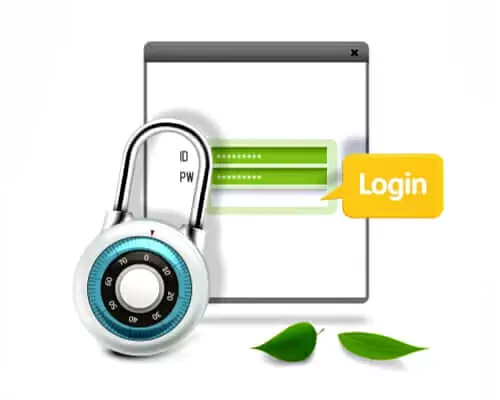Passwords and their managing are a string of characters that users provide when a web account prompts them. This is still one of the most secure approaches to authentication. What happens if they are not handled properly? They might be affected by one of several security threats.
That’s where password management comes in. This is a set of best practices that you should follow to keep your clients safe.
Challenges in Keeping Data Secure and Managing Passwords
There are many challenges when it comes to securing login credentials. The number of cyberattacks is also going up. Because more businesses use web services. Some common threats can include:
- Login Spoofing: Cybercriminals may set up false pages. They do it to collect personal information.
- Sniffing Attack: With illegal access to a business’s network, cyber attackers use tools such as keystroke trackers.
- Data Breach: This involves stealing confidential data. Such as login credentials from the business’s website.
- Shoulder Surfing: Cybercriminals can steal information when an employee types it. Often by using a tiny camera.
- Brute Force: Often, automated tools are used to steal login information. This gives cyber attackers access to sensitive data.
The problem magnifies when end-users are careless like writing down information in their offices. Thus they make it easy to guess login credentials. They use the same one in all applications or sharing them over the phone or the internet.
On the other hand, employees often forget their login credentials. And click the forgot password option. Each of these methods gives an attacker an opportunity to steal passwords. It also gives them access to your business client’s data. As a managed service provider (MSP), it’s vital to help your customers manage their passwords.
Best Practices in Managing Passwords
Hackers have many advanced tools to help with their attacks. But businesses may still use the risky methods above for keeping track of this important data. Luckily, with good management practices, they can reduce potential security threats.
For example, it’s always best practice to have a unique login ID for each application. Your software should require end-users at your clients’ locations to reset their passwords regularly. Two-factor authentication is a great tool. It makes employees provide additional verification before logging in.
If passwords must be shared with co-workers, come up with a secure way of handling. In the business environment, the information should be stored securely in only one central location. Encourage your clients to enforce secure login policies with their employees. Any violations should be dealt with appropriately.
What Your Customers Can Do
Encourage your clients to encrypt all administrative accounts with strong algorithms. Like AES-256. If any employee needs administrative access to an IT resource, control the retrieval process with restrictions. For example, you might require that an IT head approve every request for an employee’s access to a password.
Only users who have gone through several authentication stages should be allowed to retrieve login information. That way, every activity related to this sensitive information will be associated with a valid profile. Finally, for clients who work with third-party vendors. Make sure they minimize password usage. Their account should have only the necessary privileges for their job.

Petr is a serial tech entrepreneur and the CEO of Apro Software, a machine learning company. Whenever he’s not blogging about technology for itechgyan.com or softwarebattle.com, Petr enjoys playing sports and going to the movies. He’s also deeply interested in mediation, Buddhism and biohacking.

